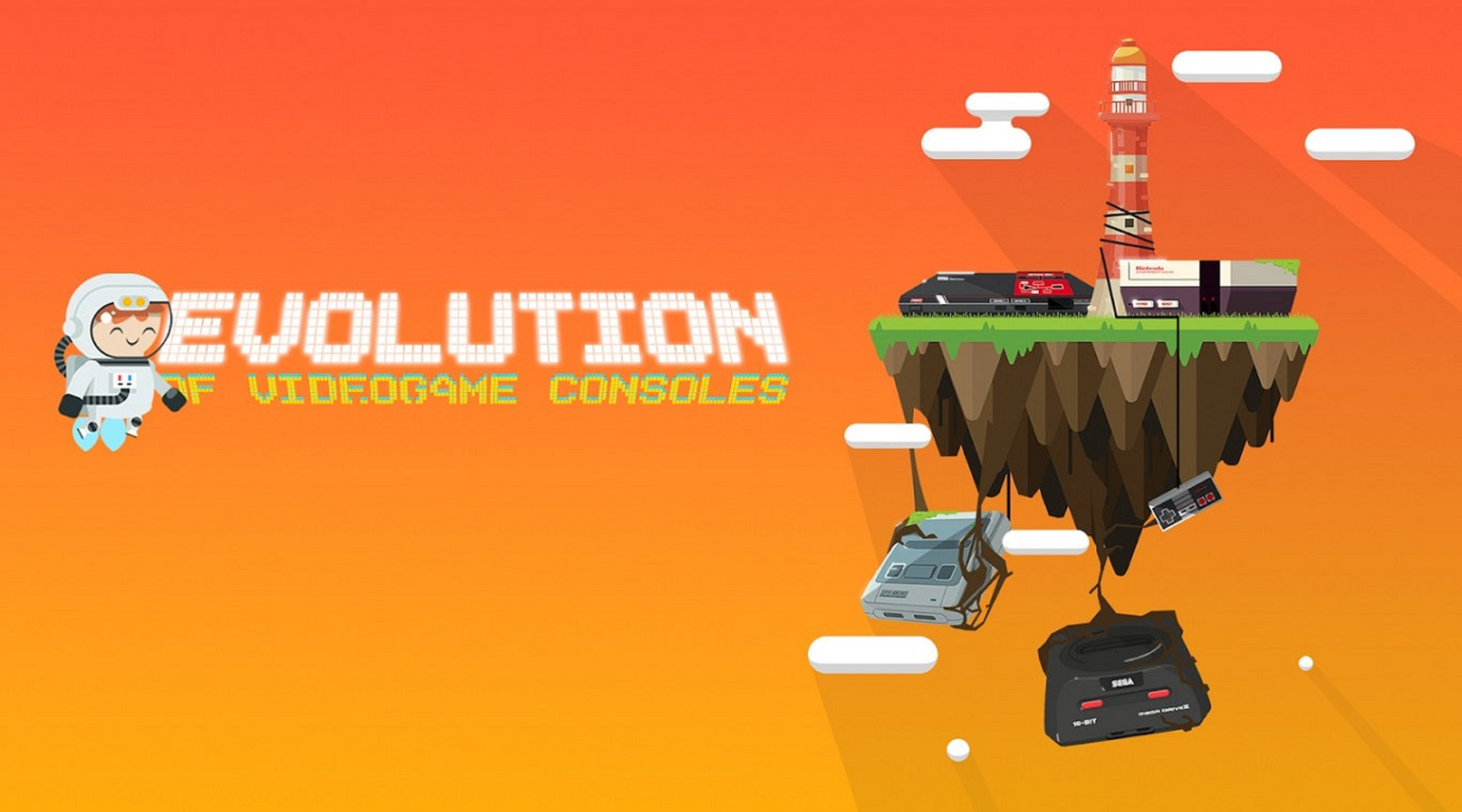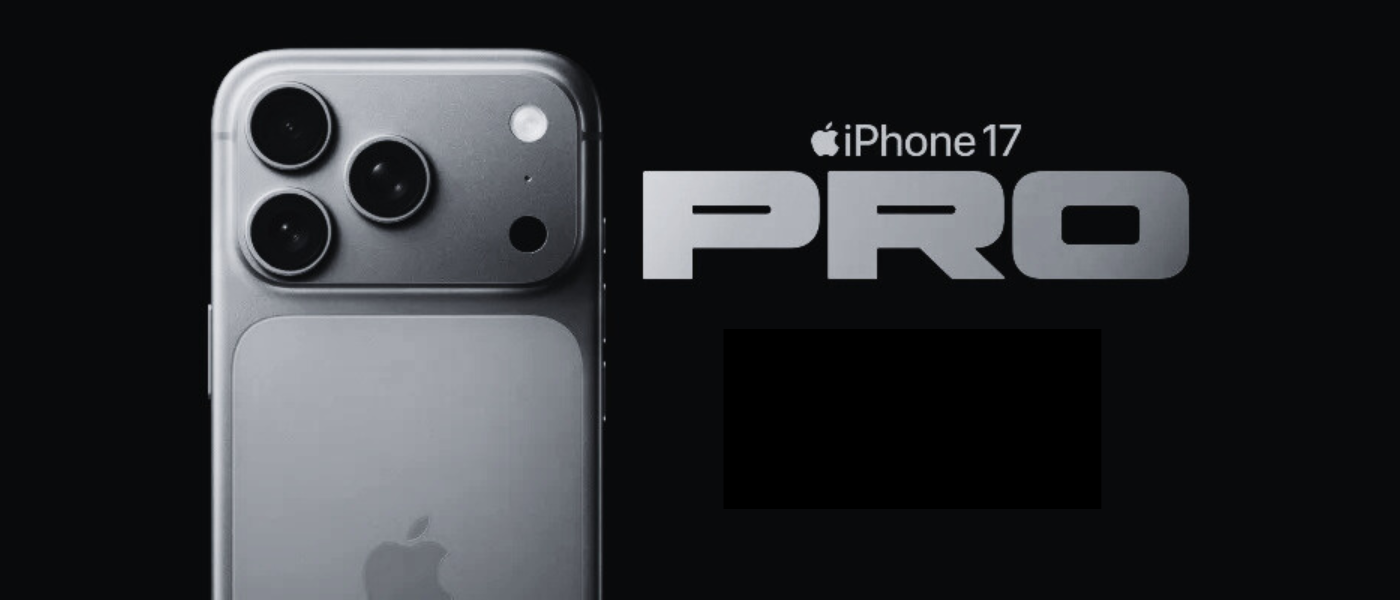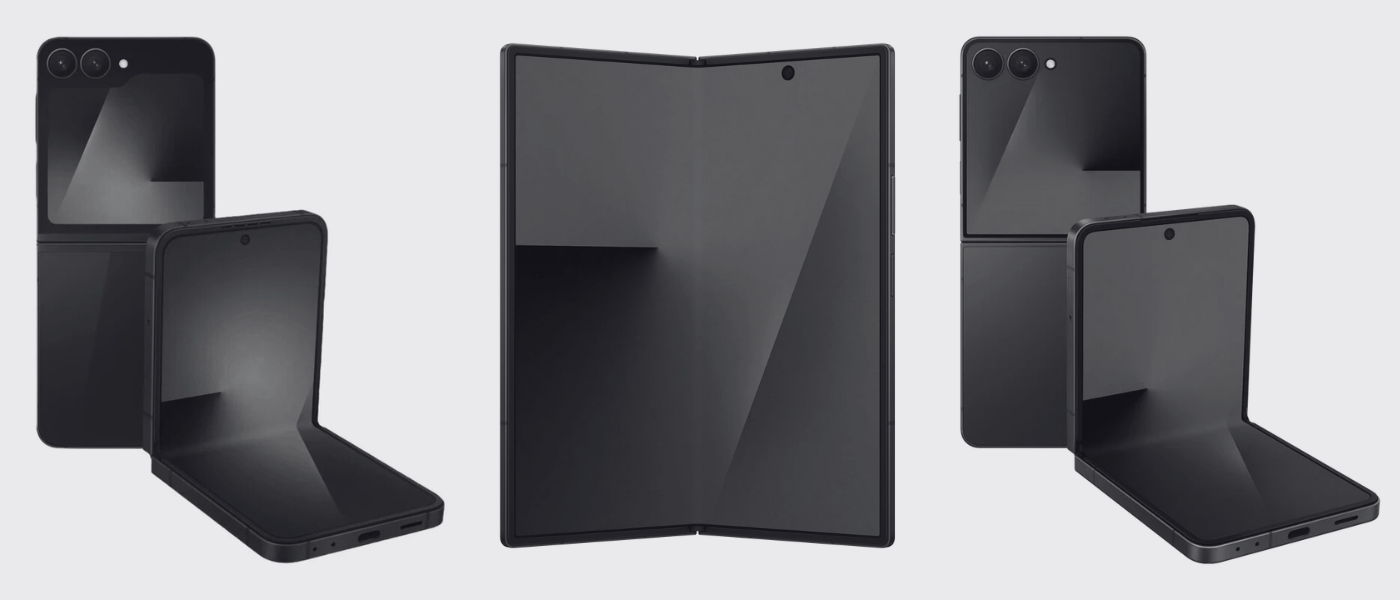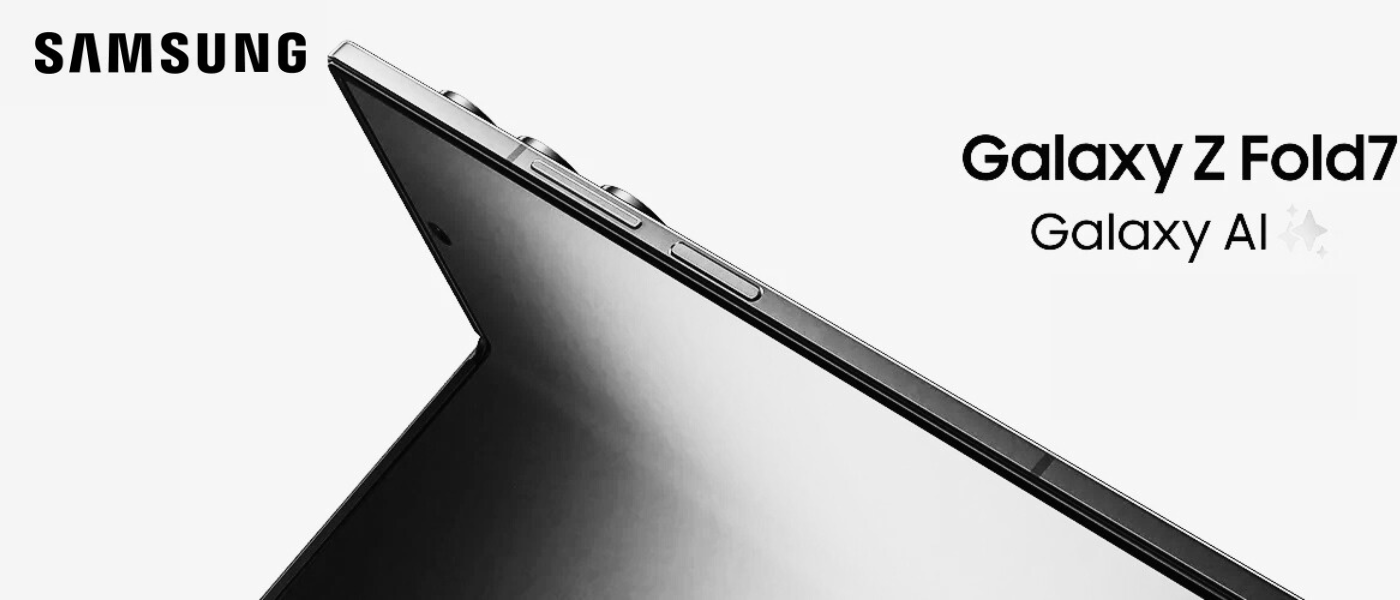Here we take an in-depth journey through the eight generations of video game consoles from 1967 to 2018, looking at their history, the standout games, their impact on the subsequent video game consoles generations, and their impact on culture in general. For gaming enthusiasts, it's a nostalgic and interesting read. A generation of millennials has grown up on gaming. For them, having a gaming console was as ordinary as having a TV. They can probably still recall blowing into game cartridges and wondering if it made a difference." '”Gautam Ramdurai,Think Gaming Content is Niche? Think Again Somehow, we're already in the era where Oculus Rift is a real, wearable experience of the kinds of virtual reality that books like Altered Carbon by Richard Morgan only promised. Not only that, it's set off a handful of industry comps vying for market share, with the Vive by HTC and the PSVR (you didn't think they were going to sit this one out, did you?), to name a few.
How did we get here?
Gaming popularity and reach is not a mistake. There's a reason why, according to a Think with Google study, only 31% of users who do searches for gaming are men ages 18-34. Among the other 69% are women who also like food blogs, Pinterest and share industry news through their Twitter. In fact, according to a Nielsen report, about two-thirds of the U.S. population (64%) play video games on some kind of console or device. Gaming proliferation has been a long time coming. Since the 1960s (which some may consider practically ancient), video game consoles have been steadily accelerating in the way you'd expect technologies to exponentially expand. So, like any good gaming story arc, it deserves some backstory delivered in a well-timed in-game cutscene. Let's take a look.
Generation 1: 1967 - 1975
Atari gets much press coverage as one of the "first" video game consoles. But true gamers know that the first odyssey of the video game console in consumer homes was the seventh prototype known as the "Brown Box", helmed by a then-defence contractor named Ralph Baer. While this nondescript box had only six simple games and was designed to be hooked up to an ordinary TV set, its development and patent-filing process opened the floodgates to the video gaming industry, beyond the inventions of a singular company. Suddenly, computerized devices found a place in the consumer's home, much in the way that its consort, the television, featured prominently in living rooms before it, and its predecessor, the radio, had enjoyed years prior.
Magnavox Odyssey(1972)
The release of the Magnavox Odyssey by Baer lacked a few basic features'”colour, for instance, and sound. Like the black & white "silent movies" phase in cinematic history, gaming had to crawl before it could fly. All it could really do was display three dots and a vertical line. Depending on the game, the dots and line would do different things. In fact, it was so lacking in complexity, the company had to release an accessory for the screen, which was essentially a "cling wrap" overlay intended to be stuck onto the screen, like a substitute that didactically signalled the intent of real, graphical environments. The system used diode-transistor logic and programming 'game cards' that were basically printed circuit jumper boards which plugged into the console. The controllers had a reset button and featured three knobs, one of which was responsible for moving the vertical line. In a game of tennis or handball, for example, that vertical line might divide the "court" while two of the dots were players and the third, the "tennis ball". The early "cartridges" sometimes served multiple games. Along with the static cling overlays, these formed the first, primitive optical "cues". Obviously, it exacted a toll on its players: Come with massive amounts of imagination.
PONG System (1975)
Meanwhile, in 1972, a man named Nolan Bushnell was busy servicing pinball machines in the day while starting up his own video game consoles company, fresh on the heels of Odyssey's tennis game. Inspired by this computerised creativity and wisely seeing a niche, Bushnell, the founder of Atari, began work on the coin-operated arcade craze Pong. So popular was the arcade game, in fact, that the burgeoning brand Atari then released and marketed the game as a home console in 1975, sold exclusively through Sears, called Home Pong. Bushnell's baby still had to contend with Baer's Magnavox which was gaining market share in two specific ways: one, by releasing improvements to the Magnavox system and then, secondly, strongly implying to customers that the Magnavox gaming system, such as it was, would only work with the Magnavox TV (a total fabrication, by the way). Pong was essentially a table tennis game, inspired and built on the shoulders of Magnavox's initial tennis game. When being deposed for a settlement with Baer over a lawsuit that claimed Bushnell had essentially "stolen" the idea from Magnavox, Bushnell testified to the fact that he had indeed viewed and played the games. It's just that he thought they were "not very good in quality".The development of Pong led to other "clones" in the marketplace. The Home Pong video game consoles used the highest-performing single chip on the market within a consumer product and were re-branded by Sears as "Tele-Games".
Generation 2:1977
By 1977, Atari had gained enough of a name through Pong to be able to take back their Home Pong system and sell it under their own brand. At the same time, several newer models from a couple of other key players were being released, alongside Atari. One of these key players would be Nintendo. Another one that would quickly fade would be Coleco's "Telstar" console. However, it's interesting to note that the innovations at this point were going on in hardware, not the actual games themselves. While Atari was still producing several other popular arcade games, and even moving to innovate on hardware with the Atari 2600,electronic tennis'” and table tennis'” was still been the major inspiration for games of the day. But not for long. This would all change.
Nintendo Colour TV Game Series (1977)
Meanwhile, Nintendo, a small playing card company turned toy giant had started to get into the electronic gaming industry. It wasn't just watching from the sidelines, it had secured the rights to distribute Magnavox'sOdyssey system in Japan during 1974. Emboldened by this win, Nintendo then began manufacturing colourful little consoles of its own, the first of which was the Nintendo Color TV Game Series, beginning with the Color TV Game 6, with three more to come by 1979. The Colour TV Game Six began its tenure by producing no less than six variations of electronic tennis, known as "Light Tennis". These were essentially a mimicry of Pong, although the system also had a built-in Volleyball and Hockey game, each these featuring a singles and doubles mode. On the console itself, players could control their "paddles" with built-in dials that were attached directly to the machine. By contrast, Nintendo's next (but possibly simultaneous) release of the Color TV Game 15 was a higher-end model that featured external, hand-held paddle controls apart from the console but wired in. And the games? You guessed it: no less than two variations of Tennis, Volleyball and Hockey, with two more Ping-Pong style games, all playable in either singles or doubles mode. The extra game was essentially a "penalty shoot-out" style game, getting the ball past a constantly moving target.
Atari 2600 (1977
Though Bushnell sneered at the Pong mimicry from other competitors, calling them "jackals", he didn't have much of a leg to stand on. His own "inspiration" for Pong, after all, had come from Magnavox's original three-dot-one-line gameplay. The company decided to expand its efforts in arcade games, successfully capturing the market with Space Invaders and Donkey Kong. However, Atari itself was not the developer of these games '”it was purely a licenser. The creator and designer of Space Invaders, Nishikado, under the game developer, Taito, has cited Atari's popular 1976 game Breakout as inspiration for Space Invaders. But it was the Atari 2600 that was dependent on Space Invaders to sell as well as it did in 1980, not the other way around. The Atari 2600, however, was a pivotal moment in gaming history not only because of the popularity of its games but because of the innovations that came through on the 2600. First off, it was one of the world's first pioneers of external cartridge use for gameplay, rather than relying on the console's built-in memory. The resulting console design set the stage for modern game console design and looks and feels more like what we play with today'” as well as what we played on during the '90s and 2000s. These "ROM" cartridges relied on microprocessor-based hardware within the console and the system came with two joystick controllers, a game cartridge and a conjoined pair of paddled controllers. The Atari 2600, also known as the Atari VCS or "Video Computer System", was popular but there was trouble brewing within the ranks. Four-star programmers left the company in 1978 to begin the competing ActiVision, which Atari tried (unsuccessfully) to sue. The charge? That these four former employees were infringing on Atari's rights by developing third-party software for their proprietary system. But this sort of charge rang hollow because gaming, as an industry, thrives and flourishes with open and democratic principles of development (think of the progressive improvement and development of Pong). The suit failed and it opened the floodgates for many more third-party game developers for the Atari VCS/2600 to enter into the market. Besides Taito's Space Invaders, a ridiculously popular game in which the player controls a laser cannon by moving it horizontally across the bottom of the screen and firing at descending aliens, Atari 2600 also licensed Donkey Kong, an equally popular game from Nintendo. What's interesting in this instance is that it was ColecoVision that was granted the original rights by Nintendo, before porting it over to the 2600. Donkey Kong essentially begins the party of Nintendo's most memorable, long-lasting and recognizable characters: Donkey Kong, the monster from whom "Pauline", aka Princess Peach, must be saved by the game's hero, "Mr. Video" (aka Mario).
Generation 3: 1983 - 1986
Nintendo had wisely spent the last 10 to 12 years of its life reinventing itself in the video and arcade game space. Now, it was ready to set a new standard with the "NES" or Nintendo Entertainment System. Millions of fanboys the world over will remember their first NES console fondly because this was probably the moment they realized they wanted to be a game designer (or, if they had Commodore 64s, a programmer). The popularity and heft of Nintendo's new console was necessary because it allowed the brand to go head-to-head with the SEGA Master System, launched later in 1986. Nintendo Entertainment System (1983) Game-geeks the world over can safely say that the term "button mashing" was perfected by hours playing Mega Man 2, Super Mario Bros and Legend of Zelda '”the latter of which continues to lead the Nintendo niche of gaming through to today. The NES paved the way for a multitude of features that are now standard on game consoles. But it also changed gameplay itself, making games that were story-driven, putting the user in therole of the character being controlled on screen, rather than some external individual simply "playing" a game. The emotional drive of that sort of experience took the entire industry of gaming to the next level. At this point in gaming development, developers were bold in trying new things'” they wanted to see what gamers and users would respond to. In this context, the NES was born and there was a growing subculture forming around gaming. There were particular games that were introduced during this period that would come to define the Nintendo brand for years to come: -The Mario games would define the platform for years to come and help Nintendo co-opt nearly 80% of the market share -The Zelda series evolved in-game exploration by leaps and bounds, providing rich, emotionally-based storytelling -Castlevania provided gamers with the ultimate action experience -Mega Man 2was Nintendo's pitch-perfect, 2D platform shooter -Kirby's Adventure created yet another memorable character, with its own world and story and, technically speaking, pushed the system to its very limits, cementing an amazing audio-visual experience, robust game performance and rich storytelling as a new standard The NES's physical hardware was a big part of the persistence and growth of the console. The iconic controller was designed as a cross-shaped joypad featuring two actions buttons. Besides the 8-bit style of game design that was "cutting edge" in the era, the physical designof80s consoles like the NES and its cartridges were boxy. Despite the boxiness, they were definitely more minimalist and compact so they didn't feel bulky or old-school. However, because of a design flaw, gamers did experience occasional problems in loading cartridges and this is probably when the tradition of blowing on the pin connectors got started. The NES also came with a whole range of "peripherals", extending and enhancing game-play. The "Power Pad", for example, looked like a Twister board but encouraged gamers to actually get up off the couch'” much in the same way the Wii Fit would, decades later.
SEGA Master System (1986)
As far as the 8-bit era goes, the only other contender with the leading NES, before the Genesis came in, was the SEGA Master System. From its very inception, it underwent several re-brands before finally arriving at the "Master System" model name. By the time it was out of production in 1992, it had only managed to sell 1.5 million to 2 million units in the U.S.'” but its games were still unsung heroes. What it lacked in sales for consoles, it made up with in-gaming options. The SEGA Master System was essentially a provider of the "arcade" experience for in-home, console gamers. This meant that they could enjoy the novelty of games like Taito's Bubble Bobble, Out Run, Space Harrier, After Burner and many more right at home. It also had very obvious "alternatives"' or, rather, parallels'”to NES's most iconic games. These were titles like Phantasy Star, which rivalled Final Fantasy, Golvellius, which was much like Zelda in that it provided major action-adventure RPG, Alex Kidd in Miracle World, its most memorable and long-standing title and Psycho Fox, that played like a re-working of Super Mario Bros 2:Castle of Illusion. These enjoyable games made up a wide library of comparable and highly memorable experiences, which managed to hold up SEGA Master System for as long as it ran. And more seasoned gamers could tell that, at least in terms of visuals, the Master System was far more powerful. NES sprites usually had strange transparency issues and its colours were more washed out. However, sticking to its "arcade" promise, SEGA's Master System delivered brighter, more true-blue colours, richer levels and hidden stages as well as alternate endings. Gamers of today will know the delight of alternate endings well and hidden stages packed within the SEGA games, which felt a lot like side-quests.
Generation 4: 1988 - 1990
It's the golden age of gaming, at this point, and the consoles that are coming out in the late 80s and early 90s are much more futuristic, sleek and powerful. Most notably, we're moving into the 16-bit era of better graphics, truer colours, and more vibrant and immersive game design. The two main contenders that many gamers look back on fondly are the powerful SEGA Megadrive (aka the "Genesis" for those of us living in North America), which was going head-to-head in a very deliberate way with Nintendo's "Super Nintendo" system (aka the "SNES"). Rival factions started to come out in support of each console but, the truth of the matter is that, in hindsight, both consoles performed remarkably well and were enjoyable for their own reasons. In other words, gameplay and enjoyability were not mutually exclusive and it became less of a matter of which system "beat" the other. Instead, the more important fact was that each brand was gaining their own voice, audience, cult following, and memorable titles. Both Nintendo and SEGA capitalized on the perception of its users by re-tooling the brand along certain preconceived notions. So while Nintendo was seen as "safe" and "family-friendly", and continued to promote this image through its game choices and ad campaigns, SEGA, through its mascot Sonic the Hedgehog, campaigned to style itself as "extreme", "rad" and "edgy", going where "Nintendon't".
SEGA Megadrive/Genesis (1988)
The SEGA Genesis may have been still in the throes of the16-bit era but it had the look and feel of a console far more visionary than any of its contemporaries. Black and nearly matte, the console resembled a late 90s CD player, rather than a clunky, boxy cassette player. Its controller was a joypad with a four-way control pad on the left and a series of three diagonally-aligned buttons on the right. Suddenly, things like ergonomics and player comfort began to matter and factored into the design decisions of the console. SEGA was thinking ahead in more ways than one: It knew that kids were not the only crop of the market share they could capitalize on. By pitching itself as more "crass" and subversive, SEGA began to attract adults as much as the "cool" kids. After all, adults were the ones who bought these consoles for their kids. The Genesis also featured "Blast Processing", which, while it was mostly a gimmick, still worked to cement its reputation as "cutting-edge". The marketing term referred to the fact that the Genesis had: -A faster CPU than the SNES -A VDP graphics chip allowed quicker DMA transfer speeds -Delivered more VRAM bandwidth than Nintendo But the idea of "blast processing" served the brand well because its most popular game had a character, storyline, performance, and play that focused on speed: Sonic from Sonic the Hedgehog and his eventual friend, Knuckles. While Nintendo's Super Mario games were all about going through levels with pinpoint precision, jumping so as to avoid dying and carefully climbing and avoiding reptiles and monsters, Sonic, true to name and Genesis form, was all about making it through the levels at great speed. And, instead of falling to your death, the gameplay was uninterrupted because players would have to find a new way through the level when they died. It worked like a charm. Suddenly, the SEGA Genesis's success was spawning 900 other titles and plenty of add-ons that included the SEGA CD, the 32X and cartridges like the Micro Machines, which brought in two additional controller ports for a four-player experience (like playing as Knuckles or playing Sonic and Knuckles in tandem).
Super Nintendo (1990)
The Super Nintendo '”which we'll call the SNES from here on in '”was an absolute joy to play and was incredibly powerful, borrowing from the design and capabilities of the previous NES but amplifying these to the 16-bit era. In other words, the games' ”these titles that would be iconic for the next two decades, at least'” had already set the stage. Now all Nintendo had to do was focus on perfecting the player's experience. And that's precisely what the Super Nintendo set about doing. While the Genesis focused on heralding its sheer processing power, Nintendo game developers focused on pushing the design and narratives of the gameplay itself, creating a really in-depth and emotional experience for the player. Future developers like Ubisoft, Naughty Dog, and Bioware would be walking on these hallowed grounds when it came to new standards of gaming storytelling. For now, Nintendo's SNES was powered with two custom graphics chips and a powerful audio unit. It shifted focus away from the novelty of arcade games and into the immersive experience of cinema. Suddenly, gaming was complex, a method of exploration, through games like
Street Fighter, The Legend of Zelda: A Link to the Past, Final Fantasy VI, Earthbound and Dragon Quest V. There were cutscenes, action-sequences, simulations and more, all focused on driving the narrative forward.
The RPG took off and the system's rich, 16-bit colour palette and musical synthesis supported these experiences.
Generation 5: 1994 – 1996
While Nintendo and SEGA have been chugging along and duking it out, it's the somewhat surreptitious development of the Sony PlayStation that captures this era and blows everyone out of the water.
There is so much precedent being set here by the PlayStation, which is innovative, daring and bold, not to mention incredibly experimental. Sony had the electronic and technical chops, of course, so the more important competitive edge came from whether it could read the tea leaves, so to speak, on the evolution of gaming.
As it turns out, it could.
And it did.
Sony PlayStation (1994)
Here comes the story of the Sony PlayStation, a remarkable catalyst to a legacy that is still going strong today and, arguably, one that was responsible for some of the greatest and most iconic game development studios including EA, Ubisoft, Naughty Dog, Bioware and more.
The first-generation Sony PlayStation was a fifth-generation console that marked the electronic giant's third attempt at entering the gaming market.
From its initial drop in Japan during Christmas of 1994 and only one year later, in 1995, over a million units had










